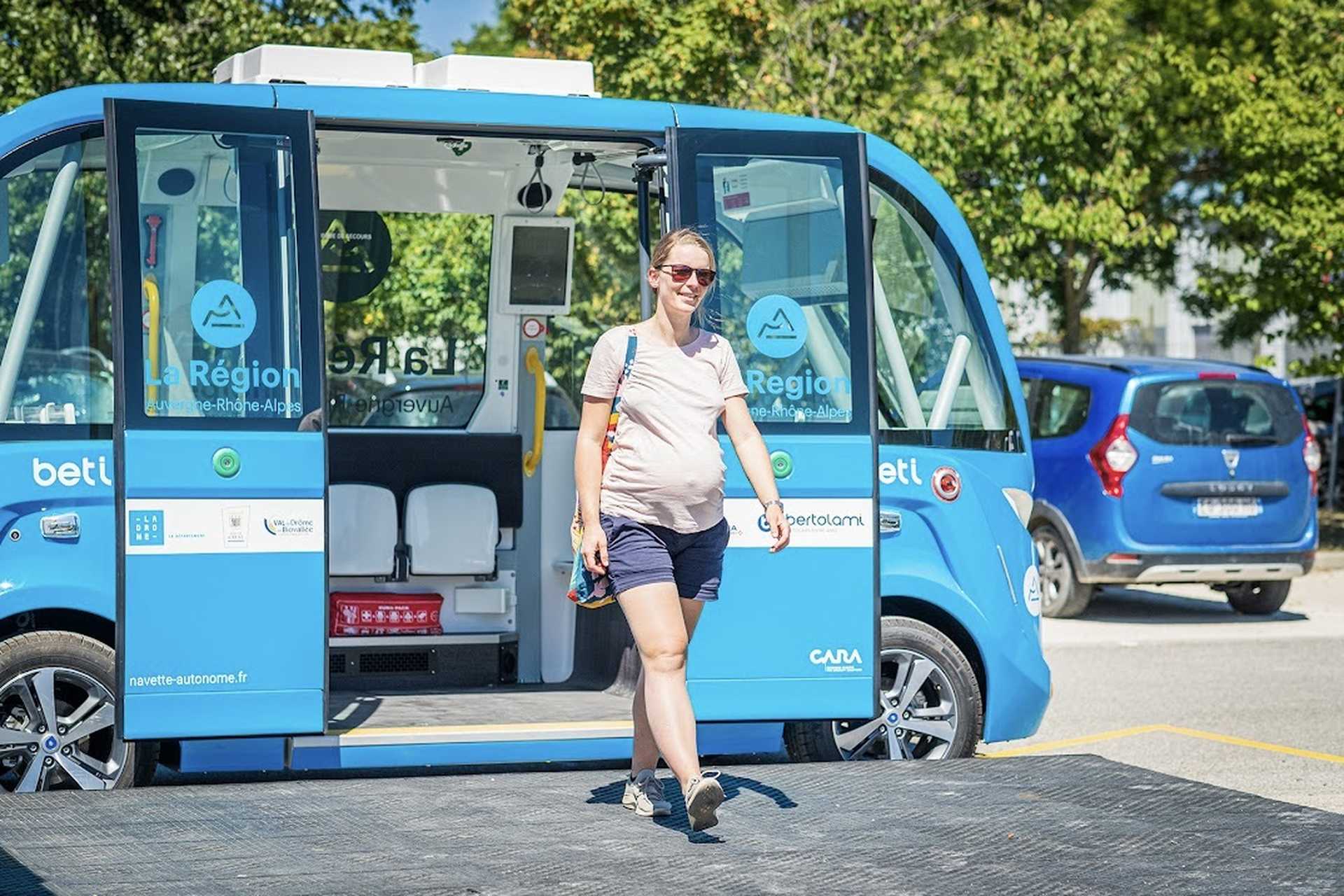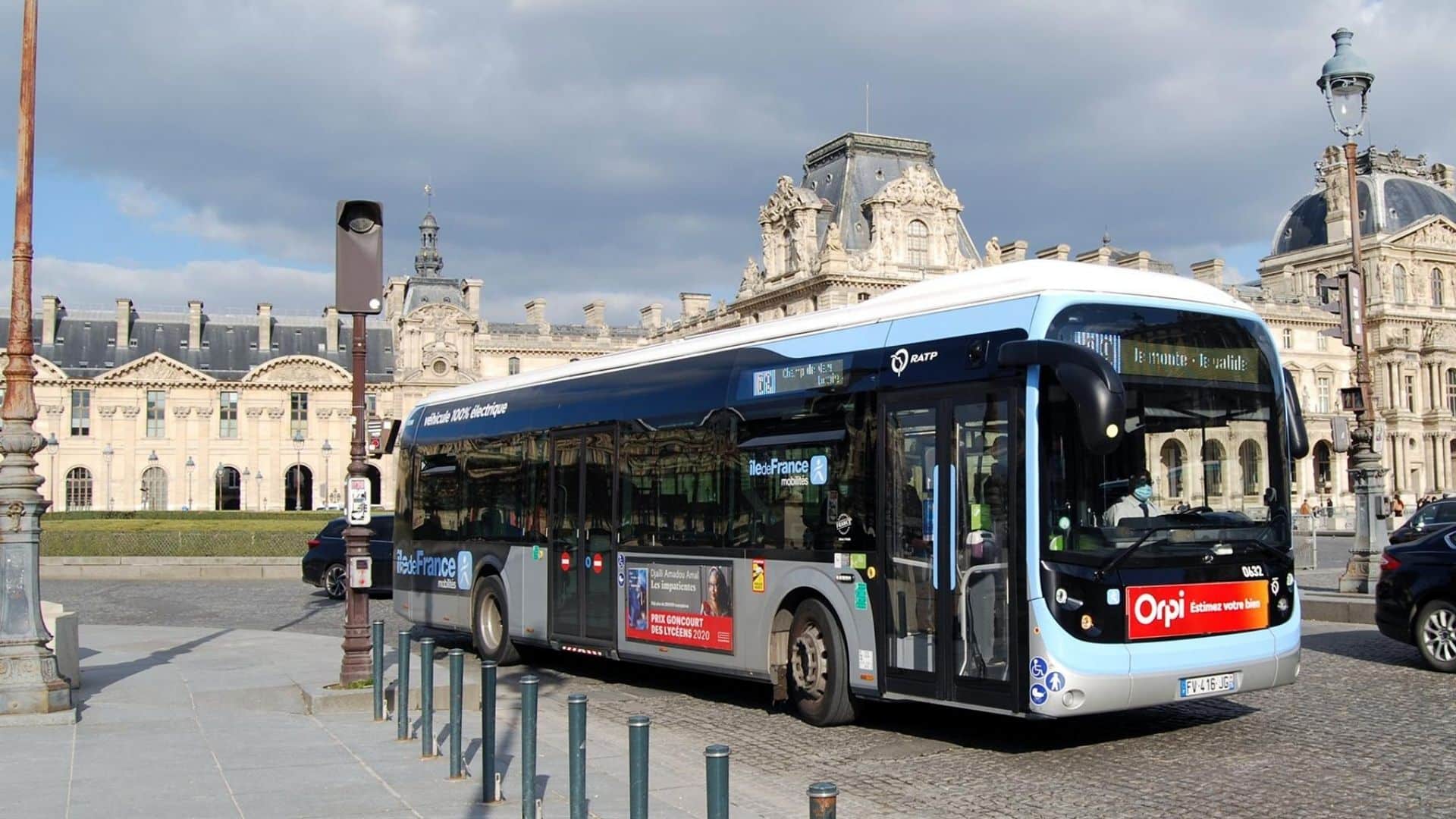Autonomous Shuttles: a Successful Pilot in Rural Areas

A field study of autonomous shuttles in Indre and Drôme has identified the preferences of French people regarding this new technology.
The Community of Interest for Autonomous Vehicles (CIVA), created in 2019 by MACIF, launched this pilot project of autonomous vehicles in two rural communities in France. The communities of Crest-Val de Drôme (Drôme) and Cœur de Brenne (Indre) were chosen with the aim of creating a more inclusive mobility.
This is achieved by limiting trips in combustion engine cars and offering residents of these rural and peri-urban areas good public transport alternatives such as autonomous shuttles.
To date, twelve companies compose CIVA, including Vinci, Michelin, Microsoft, SNCF, MACIF, and Orange. Some of these companies have a financial and technological interest in developing these new modes of transportation. This will also benefit consumers, who will eventually be able to travel to work more sustainably.
Results of the survey to date
The on-the-ground study of this shuttle highlighted the rural residents’ willingness to use cleaner transport options. 74% of respondents said they are ready to change their way of commuting within a year.
When asked about their experience with autonomous shuttles, 12% responded that they have already interacted with this type of vehicle. On trips of one to five kilometers, the study indicates that about 60% of residents are willing to use these autonomous shuttles to get where they need to go.
Furthermore, the CIVA study asked what they thought about a possible deployment of this shuttle system in their territories in the coming years. 54% of them are in favor of this measure.
However, residents of Drôme and Indre do not want to part with their individual cars. They still consider them essential for their personal and professional mobility. Indeed, an INSEE study noted the difficulty some rural residents face in accessing public services (hospitals, schools, nurseries, administrative services) without their cars.
This experimentation by the Community of Interest for Autonomous Vehicles is one of the possible avenues for developing better transportation options in peri-urban and rural areas.
However, during this transition period to electric vehicles, significant financial and material resources will need to be invested in these projects to allow the most isolated populations to access the same services as their urban counterparts.
Also read: Flexy, the 100% electric shuttle on rails
This page is translated from the original post "Navettes autonomes : une expérimentation réussie en zone rurale" in French.
We also suggestthese articles:
Also read






